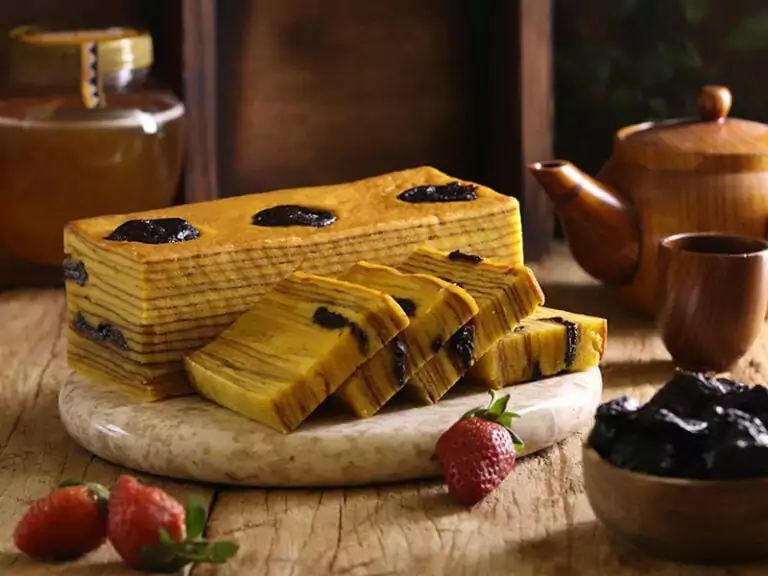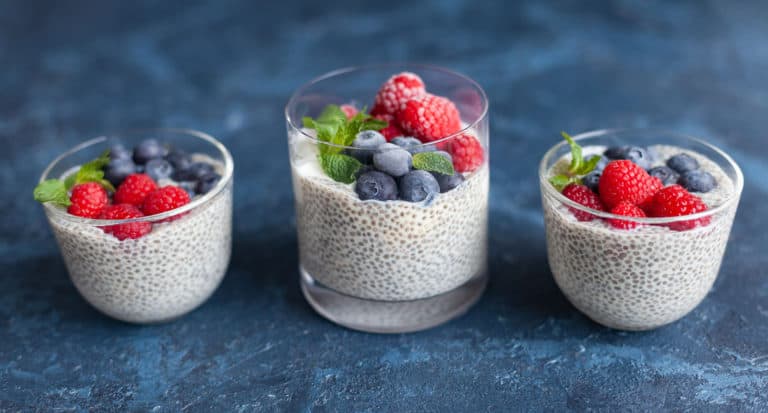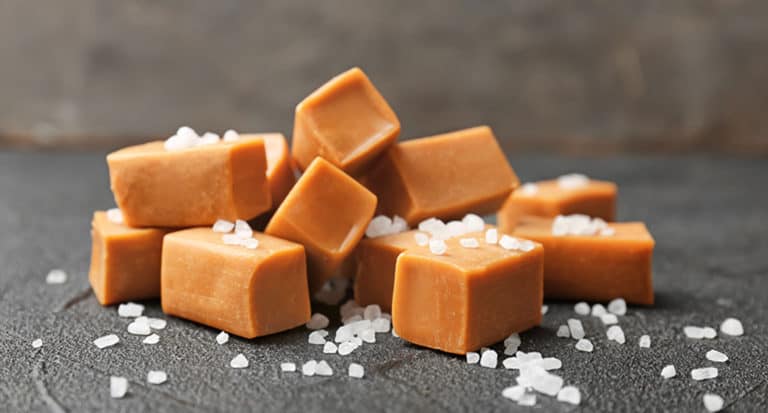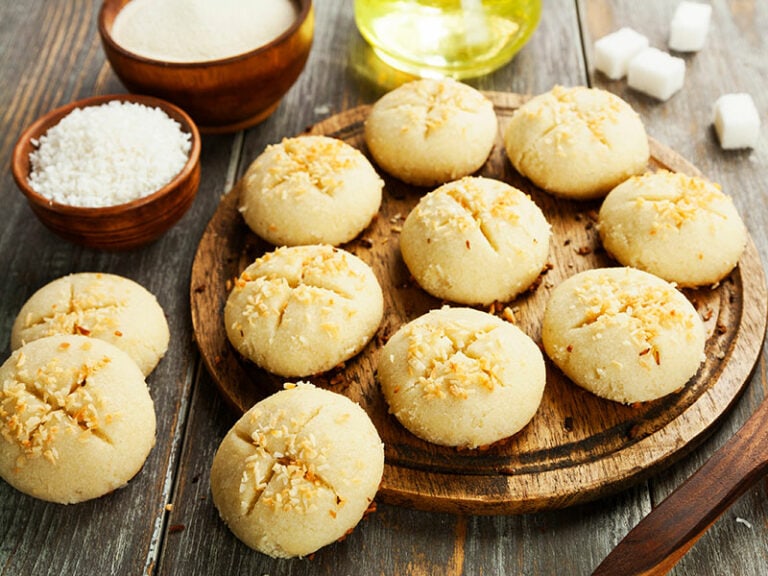For many people, traditional and Greek are the only types of yogurt they know. While it’s true that these two varieties are extremely popular, you might be surprised to hear that the world of yogurt doesn’t end there.

From the most commonly seen yogurt on the market to the special delicacies hailing from certain regions, this post is all you need to discover the various types of yogurt worldwide. You’ll also find some excellent yogurt-relating tips and recipes near the end, so don’t miss out!
6 Essential Types Of Yogurt You Need To Know
First, let’s go through the most conventional yogurt types that seem to appear everywhere. Now, being common doesn’t mean that they’re boring or uninspiring. There must be a reason for their popularity, right?
1. Traditional Yogurt
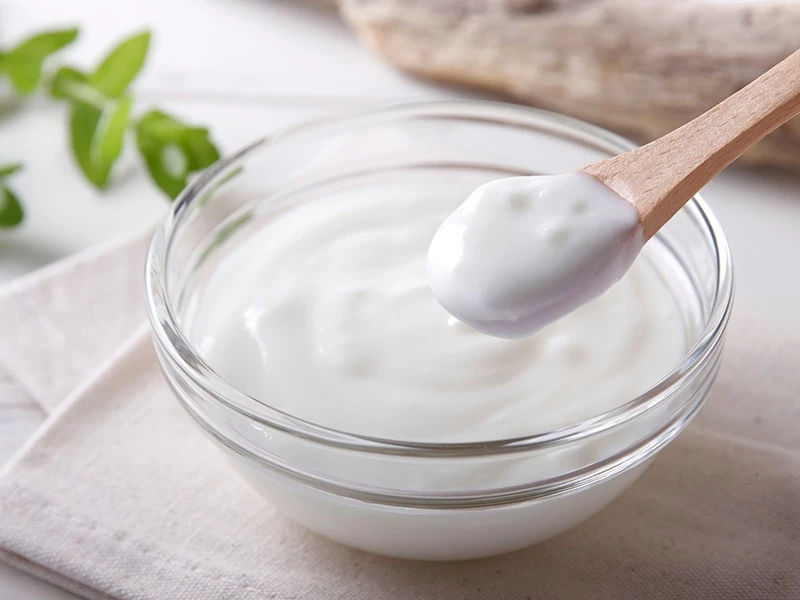
Just like its name suggests, traditional yogurt is most likely the first type that comes across people’s minds when they mention this food. Cow’s milk is the ingredient of choice here.
The milk is first heated, cooled, then mixed with “yogurt cultures”, which is actually a kind of friendly bacteria, and left for fermentation. After about 24 hours, the milk will turn into creamy, smooth yogurt with a naturally sweet, sour, and tangy flavor that everyone loves.
Since plain yogurt can be a bit sour for some people, manufacturers often sweeten it by adding sugar, natural flavors, or fruits. If you don’t want any sugar included in your yogurt, getting a good yogurt maker and making your own yogurt at home is a good choice.
Of course, you can also buy manufactured sugar-free yogurt. In addition, there is also whole milk, non-fat, or low-fat yogurt. If you’re worrying about the gluten-free nature of yogurt, traditional, plain yogurt is your safest bet.
Traditional yogurt is unstrained, meaning that it won’t be as thick as, say, Greek yogurt. However, it’s still not thin enough to drink straight out of the box.
Nutrition facts (1 cup): 8.5 grams protein, 11 grams sugar, 8 grams fat, 11 grams carbs.
Learn more about the fascinating production of traditional yogurt.
2. Goat’s Milk Yogurt
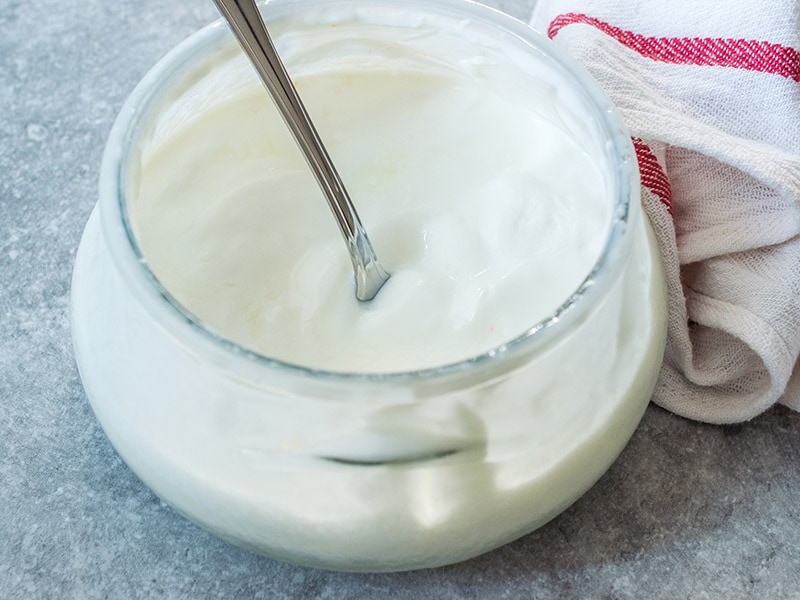
There’s one fact about most kinds of yogurt: they come from milk. This vital ingredient is the number one thing that sets yogurt apart from sour cream – another famous fermented dairy product. Besides cow’s milk, goat’s milk is also a great choice for making yogurt.
If you’re a fan of goat cheese, I’m sure that you’ll be pleased with the earthy and sweet flavor of this yogurt. Goat’s milk yogurt also boasts a creamier, richer, and smoother body than regular yogurt.
The best thing is even people who are sensitive to dairy might enjoy goat’s milk yogurt since it contains less lactose than the traditional type. Although it’s a bit higher in fatty content, you can always skim off the cream layer on top to lower the fat counts.
Nutrition facts (1 cup): 9 grams protein, 11 grams sugar, 10 grams fat, 11 grams carbs.
3. Sheep’s Milk Yogurt
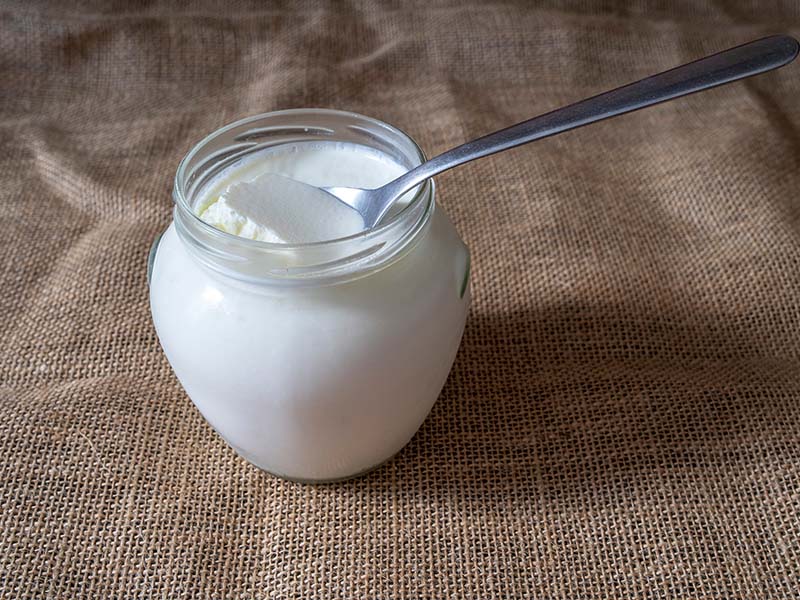
Sheep milk’s yogurt is somewhat similar to goat’s milk yogurt in that it’s lower in lactose yet higher in fat than traditional yogurt. However, it has a more crowd-pleasing flavor that’s comparable to its cow’s milk cousin.
In other words, it’s the perfect choice if you aren’t a fan of goat’s milk but still want to enjoy a kind of yogurt with low lactose content. Plus, sheep yogurt has a thick and creamy texture that won’t dissolve when cooked at high temperatures.
Nutrition facts (100 grams): 5 grams protein, 4 grams sugar, 4 grams fat, 4 grams carbs.
4. Probiotic Yogurt
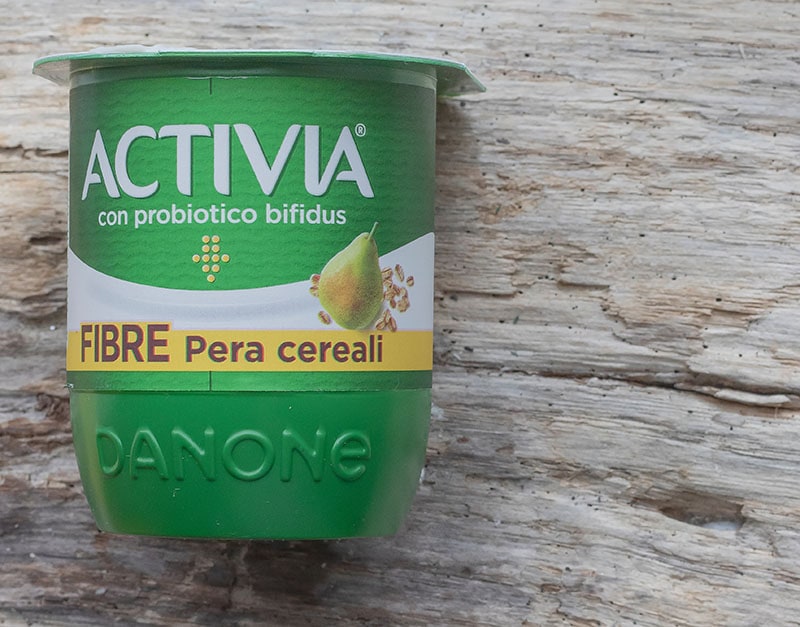
To be fair, all kinds of fermented dairy products made with the so-called “yogurt cultures” have the potential to be probiotics. However, in order to be labeled as such, the yogurt must contain a high enough quantity of these live cultures.
So why would you want more of these bacteria in your food? I mean, bacteria means bad news, right? Well, not really.
Probiotic cultures are considered beneficial for digestion, especially for people who have trouble digesting lactose. In addition, they can also reduce bloating, gas, constipation, and diarrhea. It turns out that not all bacteria are harmful!
Nutrition facts (1 cup): 13 grams protein, 17 grams sugar, 0 grams fat, 18 grams carbs.
Everything you need to know about probiotics can be found here!
5. Drinkable Yogurt
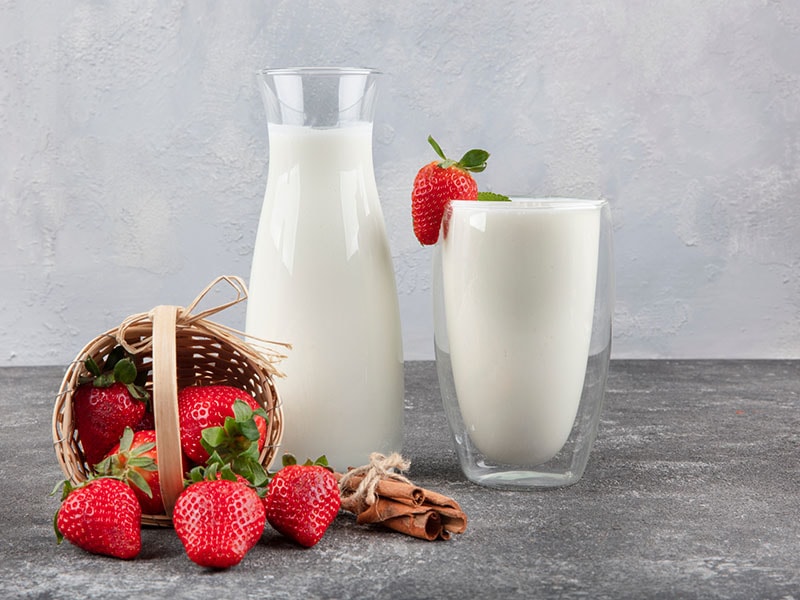
Drinkable yogurt is an excellent pick for people who are always on the move. Thanks to the thin, almost milk-like consistency, you don’t have to think twice about opening up a bottle and drinking straight from it.
This healthful, convenient beverage comes in various kinds and flavors. The two most popular varieties are drinkable traditional yogurt and Kefir – a delightful Turkish drink fermented with kefir grains instead of cultured bacteria.
Other well-loved yogurt-based beverages include Lassi – an Indian smoothie-like treat and Doogh, also known as “Persian carbonated yogurt drink”. While Lassi ranges from sweet to savory in taste, Doogh is most likely to have a minty flavor.
Nutrition facts (100 grams, plain): 3.8 grams protein, 4.7 grams sugar, 4.7 grams fat, 4.7 grams carbs.
6. Frozen Yogurt
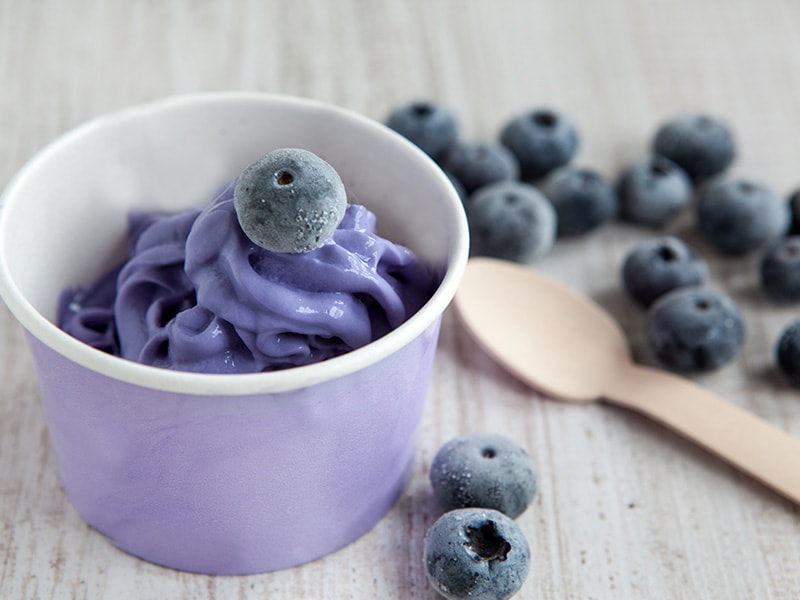
Frozen yogurt made its first (and highly successful) debut in the 1970s. Since then, it has remained a popular comfort food among healthy eaters and “weight-watchers” thanks to its nutritious and low-fat nature. Back in the day, this yummy frozen dessert type used to be called “frogurt”.
Here’s good news, you don’t have to worry about the number of carbs in frozen yogurt. No matter how much its texture resembles ice cream, this tasty treat is still technically a kind of yogurt.
In other words, the dessert is fairly low in carbs while being high in probiotics and gut-friendly. Plus, there’s no cream involved in the making, so you don’t need to think twice about the excessive fat content.
In terms of flavor, rest assured that it will taste no less yummy than your favorite ice cream, albeit with a bit more sour notes.
Nutrition facts (1 cup): 5.2 grams protein, 34.6 grams sugar, 6.3 grams fat, 37.6 grams carbs.
5 Regional Yet Globally Loved Yogurt Varieties
After enjoying the 6 quintessential types above, it’s time to go deeper down the rabbit hole and explore more varieties of yogurt throughout the world.
7. Greek Yogurt
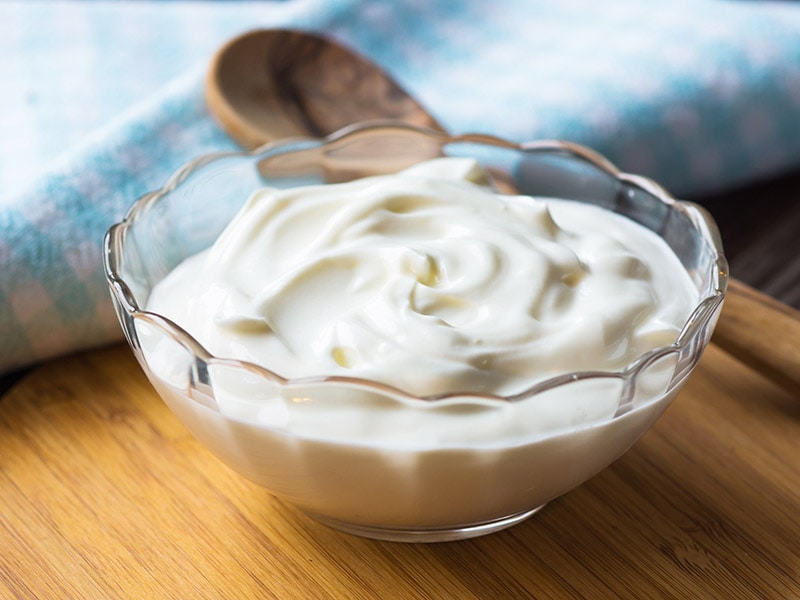
The making of Greek yogurt also starts with fermenting milk with active yogurt cultures. However, after that first step, the base will be strained to remove whey and liquid, thus forming a thicker, stronger-tasting yogurt.
Many people enjoy plain Greek yogurt for its fresh and tangy flavor. You can also utilize it in cooking to replace butter or serve it with savory dishes as a condiment. In addition, this Greek treat is richer in carbs, protein, and sodium than regular yogurt.
To make sure that your Greek yogurt is as healthy as it can be, you can try making your own with a Greek yogurt-making machine. The process is actually much simpler than you think!
Nutrition facts (1 cup, non-fat): 25 grams protein, 8 grams sugar, 1 gram fat, 10 grams carbs.
A brief and helpful comparison between Greek and regular yogurt.
8. Skyr (Icelandic Yogurt)
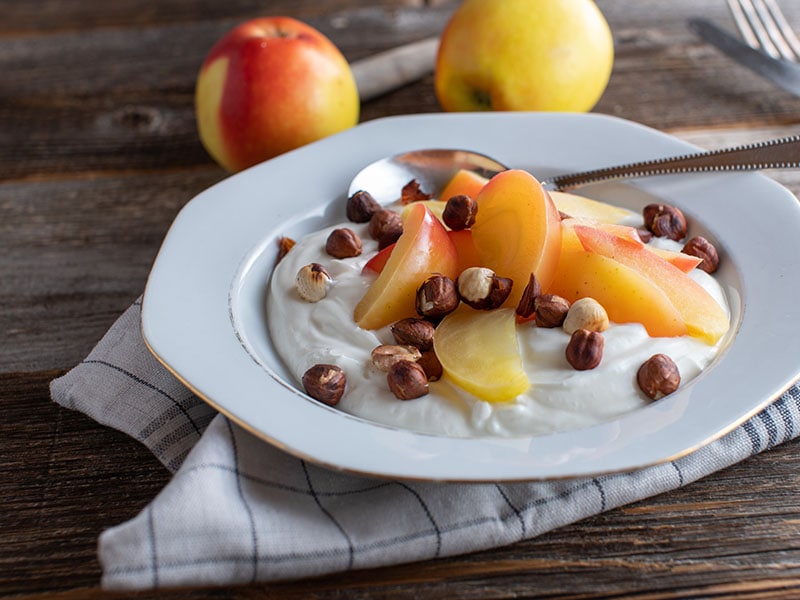
Want something even thicker than Greek yogurt? Skyr or Icelandic strained yogurt won’t let you down.
Skyr is a traditional dessert originating from “The land of fire and ice” with both yogurt and cheese characteristics. This famous Icelandic treat is strained 4 times, resulting in one of the chunkiest varieties of yogurt. In terms of flavor, Icelandic yogurt is less tangy than its Greek counterpart.
Some people even argue that Skyr is actually a kind of cheese due to its thickness. However, since it’s generally consumed as yogurt, the treat is marketed as Icelandic yogurt in the States.
Nutrition facts (1 cup): 16 grams protein, 7 grams sugar, 0 grams fat, 7 grams carbs.
9. Australian Yogurt
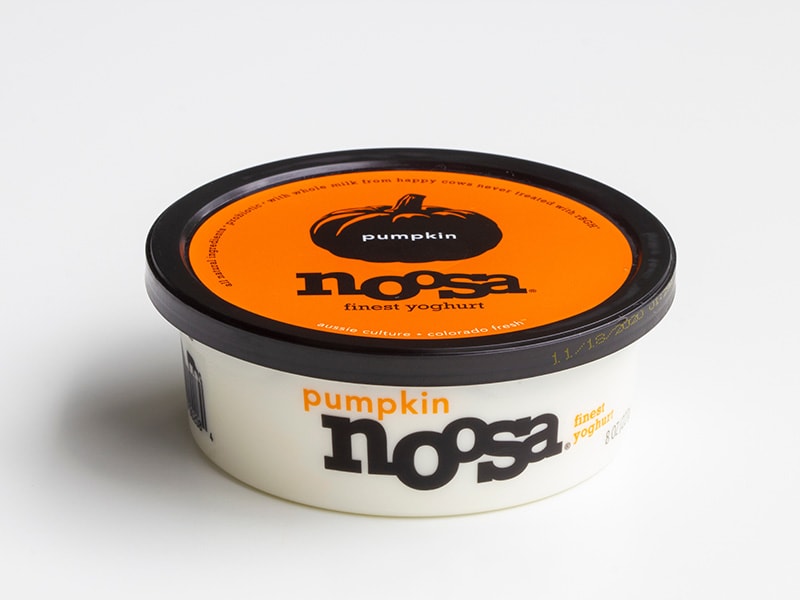
You can think of Australian yogurt as a crossover between regular yogurt and Greek or Icelandic yogurt.
Similar to traditional yogurt, the Australian variety is unstrained. That said, don’t underestimate the viscosity of Australian yogurt because it’s made with whole milk instead of regular milk, which leads to a creamy and thick texture.
Most Australian yogurt brands will use honey to sweeten their products. If you enjoy a sweet and tangy flavor profile with subtle notes of honey, don’t miss out on this yummy dessert.
Nutrition facts (100 grams): 5 grams protein, 15 grams sugar, 5 grams fat, 16 grams carbs.
10. French Or European Yogurt
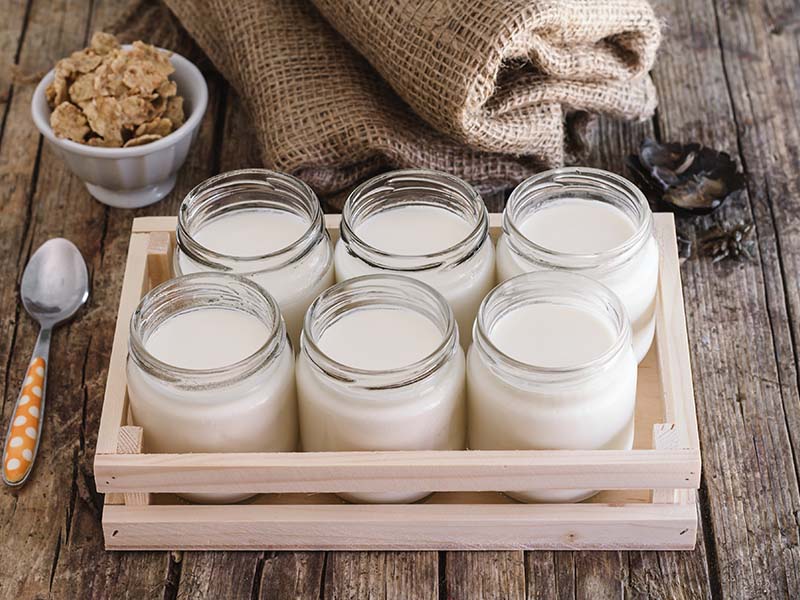
French yogurt isn’t that far off from traditional yogurt. The biggest difference is that the French people will make their yogurt in serving-sized containers. These containers will then double up as the packaging in which the yogurt is sold.
Because there’s no straining involved, French yogurt is thin, creamy, and smooth with a delicate and rich flavor that’s typically less sweet than other yogurt types.
Nutrition facts (1 serving of 141 grams): 5 grams protein, 15 grams sugar, 8 grams fat, 17 grams carbs.
11. Swiss Yogurt
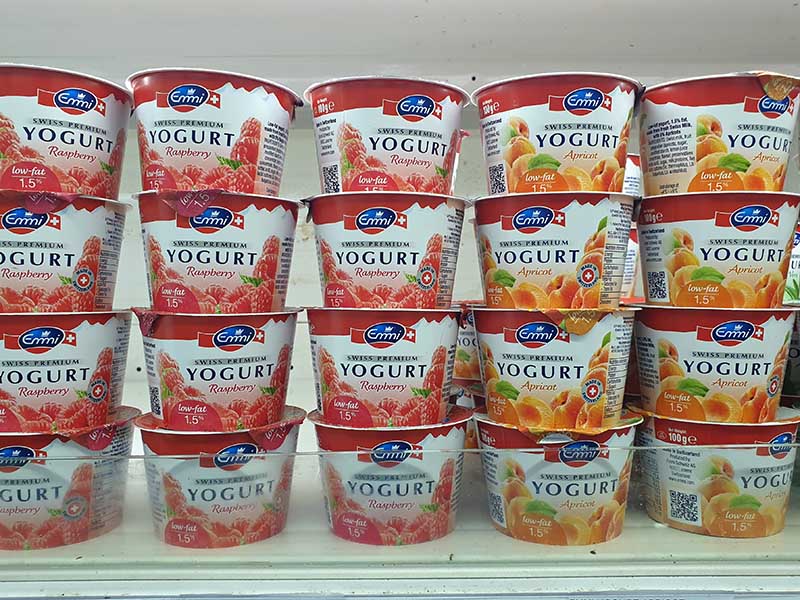
In order to make Swiss yogurt, cultured milk will be incubated and cooled in a large tank, then stirred to create the signature thick, creamy texture. Commercial products may include additional sweeteners, such as fruit purees or flavorings.
Many people call this Swiss delicacy “stirred yogurt”, which is a very fitting name, if I’m being honest. You can enjoy Swiss yogurt out of the box or blend it with fruits and other cold drinks or desserts.
Nutrition facts (170 grams): 9 grams protein, 25 grams sugar, 3 grams fat, 27 grams carbs.
5 Yogurt Types For People With Food Allergy
As great as yogurt is, it suffers from one downside of most dairy products: not everyone can enjoy it. If you have lactose intolerance, dairy allergy, or follow a vegan diet, these yogurt types are what you need.
12. Coconut Yogurt
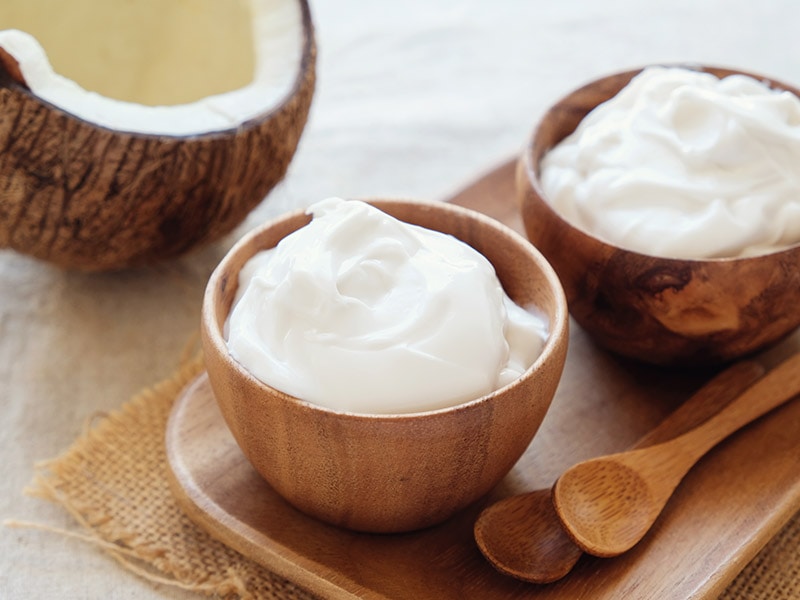
Coconut yogurt is made entirely from coconut milk (or cream) and probiotics. It has an incredibly creamy texture similar to old-school yogurt with a rich taste. You can enhance the flavor even more by adding some freshly-cut fruit slices.
Although it’s very tasty, keep in mind that coconut yogurt can be a bit high in calories and fat.
Nutrition facts (1 cup): 8 grams protein, 18 grams sugar, 9 grams fat, 19 grams carbs.
13. Soy Yogurt
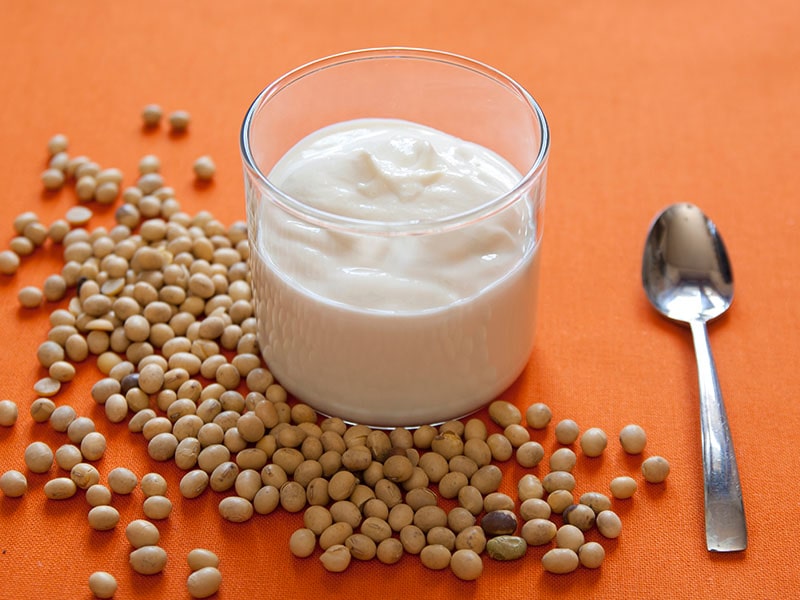
Soya is one of the most versatile ingredients with numerous soy-based products like soy sauce, tofu, soy milk, and, of course, soy yogurt (or sogurt). As you might have guessed, soy milk is combined with live cultures to create a dairy-free, low-cholesterol yogurt.
You can easily find soy yogurt in most grocery stores, although the unsweetened version is a bit harder to come by. Without any sweetener, sogurt has a mildly sweet and tangy flavor. When it comes to texture, it’s quite close to traditional yogurt.
Nutrition facts (1 cup): 9 grams protein, 3 grams sugar, 4 grams fat, 39 grams carbs.
You don’t need to own a yogurt maker to make soy yogurt.
14. Almond Yogurt
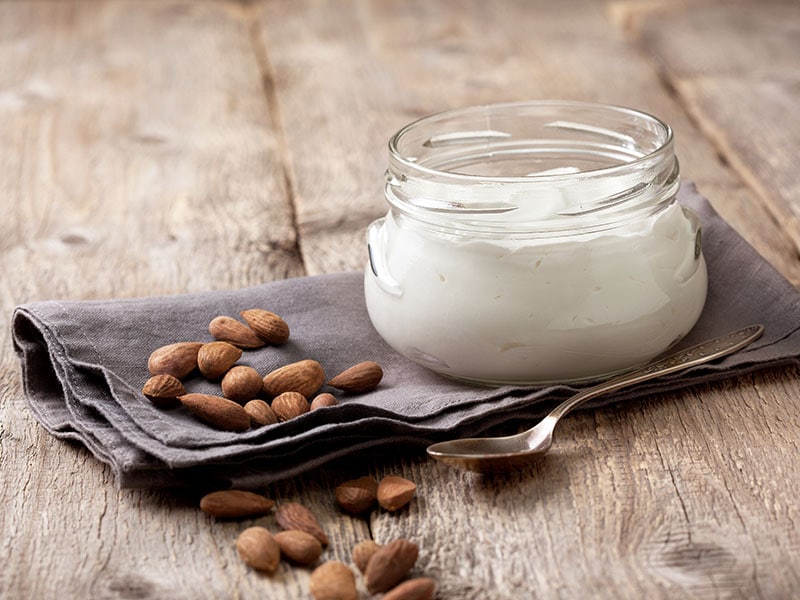
Almond yogurt is another non-dairy alternative with the thickness and texture of traditional yogurt, albeit a little denser.
The treat is made from mixing almond milk, which is basically ground almonds and water, with yogurt bacteria. The flavor is quite balanced, with just enough sweet and tart notes to please your taste buds.
Nutrition facts (150 grams): 5 grams protein, 15 grams sugar, 11 grams fat, 19 grams carbs.
15. Cashew Yogurt
Cashew yogurt is the creamiest option among all the dairy-free yogurt types. Its main ingredients comprise soaked and blended cashews and probiotics, which help with the thickening process.
Besides enjoying it as a dessert, you can also use cashew yogurt as a plant-based alternative to cream for sauces and dips. Note that the unsweetened version can taste a bit acidic on its own.
Nutrition facts (150 grams): 3 grams protein, 12 grams sugar, 6 grams fat, 19 grams carbs.
A failproof guide to making homemade cashew yogurt.
16. Lactose-Free Yogurt
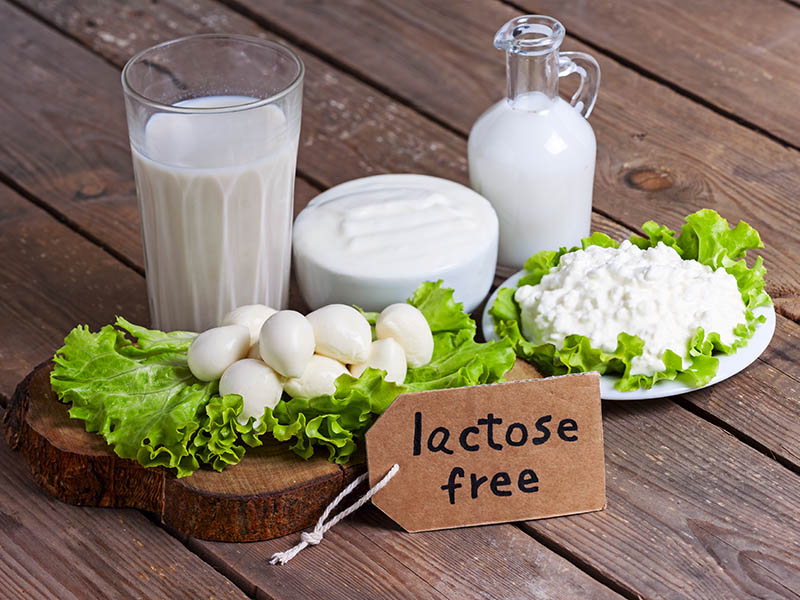
Let’s make this clear, lactose-free yogurt doesn’t necessarily mean dairy-free. Companies will often use a special enzyme to remove the lactose content from milk, thus making it safe for people with lactose intolerance.
The upside is it will taste exactly the same as ordinary, dairy-based yogurt, just without the lactose. However, it’s not suitable for a strictly vegan diet.
Nutrition facts (1 cup, plain): 9.3 grams protein, 5.3 grams sugar, 4 grams fat, 14.7 grams carbs.
Handy Tips For Choosing And Storing Yogurt
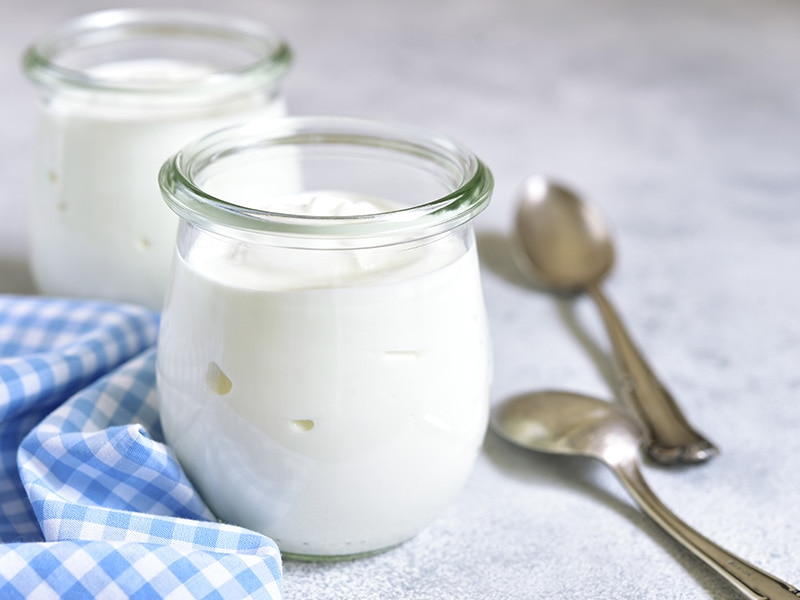
Now that you’ve learned more than a dozen of yogurt varieties, you may find it a little hard to choose which one to buy. Don’t worry; these handy tips will aid you with that!
Decide Your Needs Before Buying
Hoping to add more probiotics into your diet? Go for probiotic yogurt, kefir, or Greek yogurt. If you’re starting a vegan diet or need to avoid dairy products, soy, coconut, almond, or cashew yogurt are your best options. The point here is to know what you’re looking for before buying.
Yogurt Is Best Stored In A Fridge
If you’re wondering whether yogurt will turn bad, then the short answer is yes. Like all types of food, don’t expect your yogurt to last forever. Typically, conventional yogurt types will last for about 2-3 weeks in the fridge.
Although you can safely store “shelf-stable” yogurt at room temperature, chill yogurt always tastes better, doesn’t it?
Freeze Your Yogurts For A Longer Shelf Life
You can freeze your yogurt to extend its shelf life. Keep in mind that some yogurt types, like Greek yogurt, require the proper freezing techniques in order to taste good once thawed. Frozen yogurt will easily last for 2-3 months.
Be Mindful Of The Sugar Content
Yogurt is known to be a healthy snack or dessert, which I totally agree with. However, manufacturers sometimes go a bit overboard with the added sugar. In other words, you should keep an eye on the sugar content!
Extend Your Menu With These Yogurt Recipes
Don’t limit yourself to eating yogurt on its own! This healthy treat can take your gastronomic experience to a new level when used the right way. Still not convinced? Check out the following recipes.
Yogurt Parfait
A fresh fruit yogurt parfait cup is the best way to start your day or end a fulfilling dinner. Simply mix your favorite berries (try strawberries, raspberries, and blueberries for starters) with a few cups of yogurt, and that’s it! Your tasty parfait is ready to serve!
Beef Stroganoff
Beef stroganoff is a hearty, creamy meat sauce that goes exceptionally well with rice, pasta, and many kinds of noodles. The earthy and nutty taste from the mushrooms and garlic will flawlessly round off the sauce.
Greek Yogurt Chicken Salad
This simple yet delicious Greek yogurt chicken salad will make a perfect side dish or appetizer for your dinner table. By using yogurt instead of mayo, your meal will be healthier than ever.
What Will Be Your Yogurt Of Choice?
Did you make up your mind yet? Will you stick with the old-school yogurt or “venture to the unknown” and try out the Icelandic or Swiss variants? It’s also totally fine if you haven’t decided yet. Take your time; there’s no need to rush here.
Leave a comment to let me know what you think about the above yogurt types! While you’re at it, please like and share this article with your loved ones. After all, everyone can benefit from a bowl of delicious, heartful yogurt!


